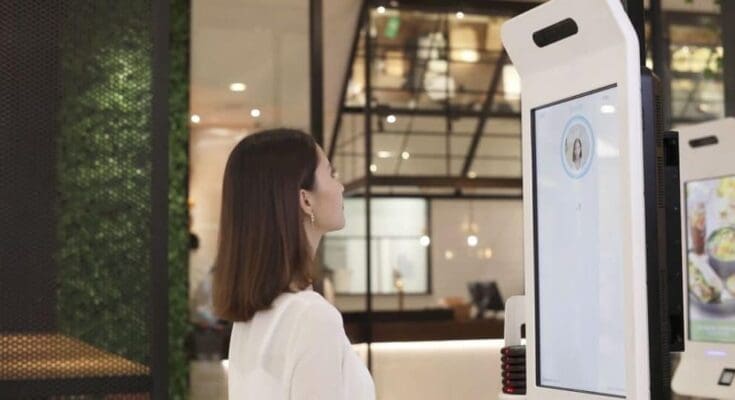In today’s rapidly evolving technological landscape, biometrics has emerged as a game-changer in mobile devices and payment systems. This innovative technology utilizes unique physical or behavioral traits to authenticate and verify user identities, ensuring a higher level of security and convenience. This article delves into the intricacies of biometrics, shedding light on its applications, benefits, and potential future developments.
Understanding Biometrics
Biometrics, in the context of mobile devices and payment systems, involves the use of distinctive biological or behavioral characteristics for user identification and authentication. This can include fingerprints, facial recognition, voice patterns, and even iris scans. By employing these unique traits, biometric systems enhance security measures, providing a robust defense against unauthorized access.
The Evolution of Biometric Technology
Over the years, biometric technology has made significant strides, evolving from basic fingerprint recognition to encompass a wide array of biometric modalities. These advancements have paved the way for seamless integration into mobile devices and payment systems, revolutionizing the way we interact with technology.
Applications in Mobile Devices
Enhanced Security Features
Biometrics has elevated the security standards of mobile devices, replacing traditional passcodes and PINs. Fingerprint and facial recognition technologies offer a secure and convenient method of unlocking devices and authorizing transactions.

Streamlined User Experience
With biometrics, users can enjoy a hassle-free experience, eliminating the need to remember complex passwords. This not only enhances convenience but also reduces the risk of unauthorized access.
Integration in Payment Systems
Contactless Payments
Biometric authentication has facilitated the adoption of contactless payment methods. By simply scanning a fingerprint or using facial recognition, users can swiftly complete transactions, making payments more efficient and secure.
Multi-Factor Authentication
Payment systems now employ multi-factor authentication, combining biometrics with other security measures for an extra layer of protection. This ensures that only authorized users can initiate transactions.
As we delve deeper into the realm of biometrics in mobile devices and payment systems, it becomes evident that this technology is not only transforming the way we interact with our devices but also revolutionizing the security landscape.
FAQs
How does biometric authentication work? Biometric authentication relies on the unique characteristics of an individual, such as fingerprints or facial features. These traits are converted into digital data, which is then used for identity verification.
Is biometric data stored securely? Yes, reputable biometric systems use advanced encryption techniques to safeguard the stored data. This ensures that even if the data is accessed, it cannot be easily deciphered.
Can biometric authentication be fooled by replicas or photos? Modern biometric systems are equipped with liveness detection technology, which distinguishes between a live user and a replica. This makes it extremely challenging to bypass biometric security measures.
What happens if my biometric data is compromised? In the unlikely event of biometric data being compromised, it is crucial to promptly inform the relevant authorities and take necessary steps to update or reset your biometric credentials.
Are there any privacy concerns associated with biometrics? Privacy concerns regarding biometrics primarily revolve around the storage and potential misuse of biometric data. It is imperative to choose reputable providers and understand their data protection policies.
What does the future hold for biometrics in mobile devices and payment systems? The future of biometrics is incredibly promising. We can anticipate even more advanced modalities, improved accuracy, and wider adoption across various industries.

Conclusion
In conclusion, biometrics in mobile devices and payment systems represent a monumental leap forward in technology. The integration of biometric authentication enhances security, simplifies user experiences, and paves the way for a future where digital interactions are safer and more convenient than ever before. Embracing this cutting-edge technology is not just a step forward; it’s a leap into a more secure and efficient digital



